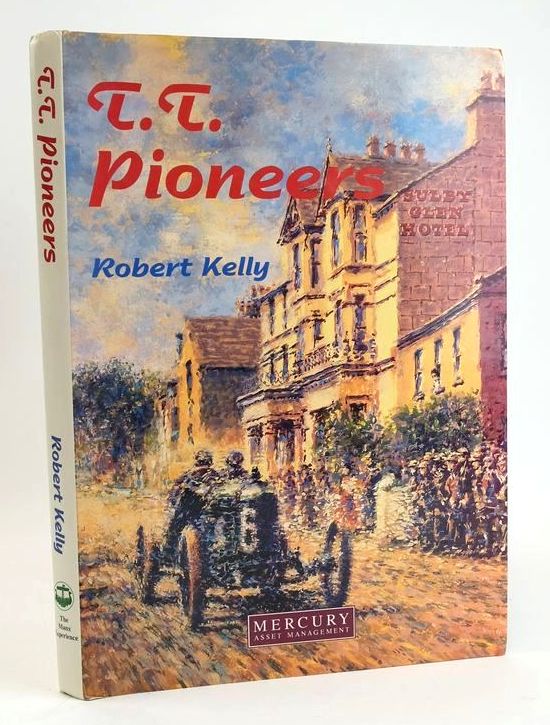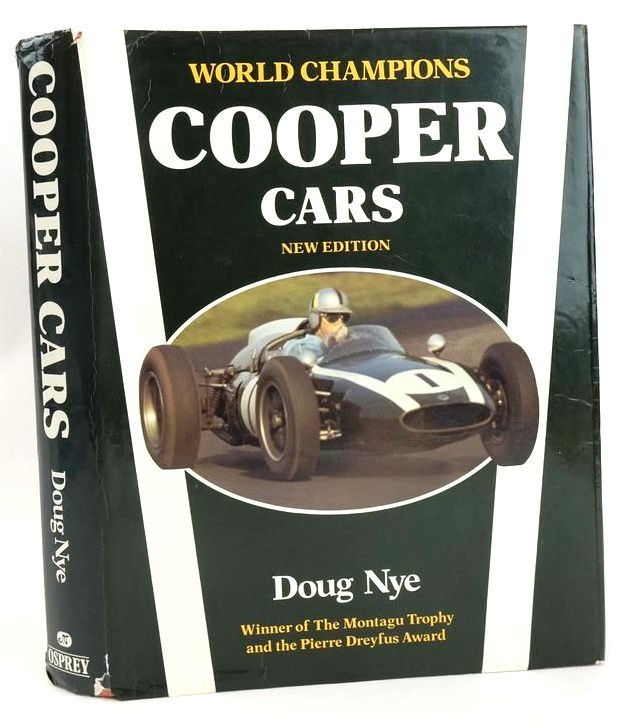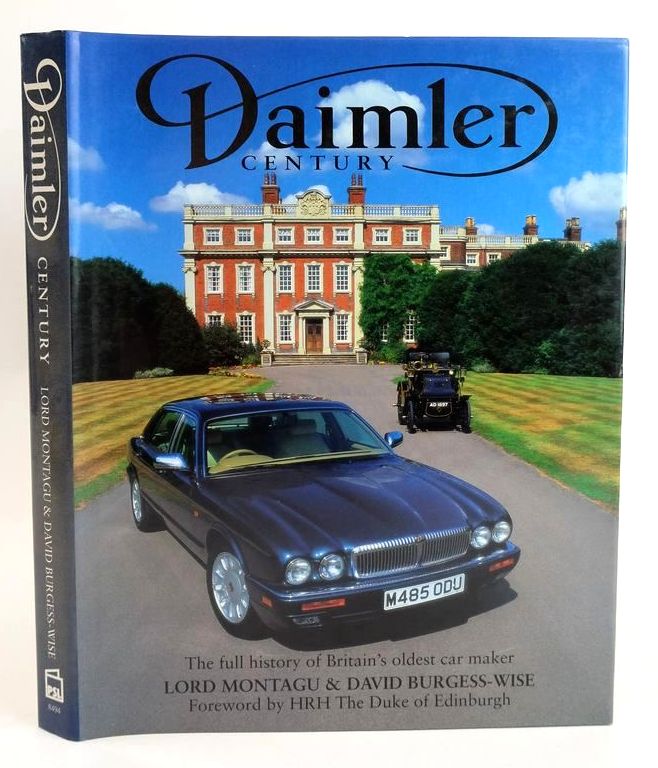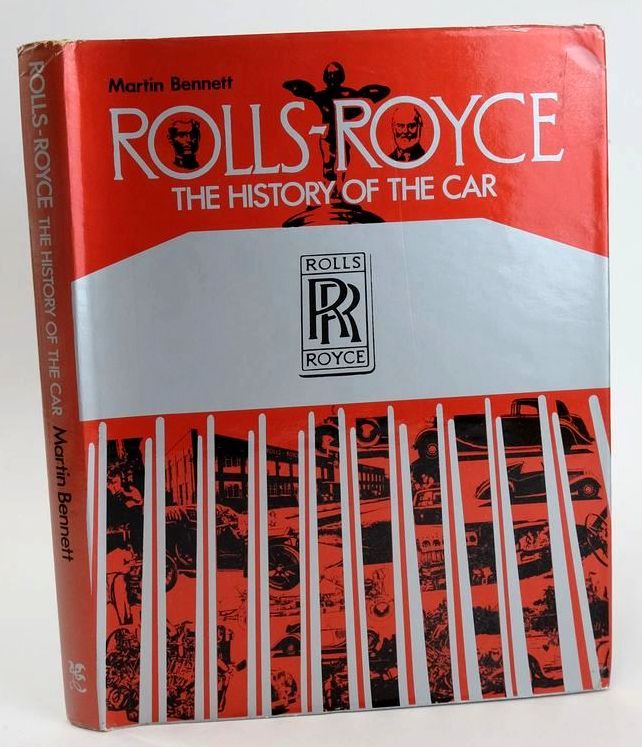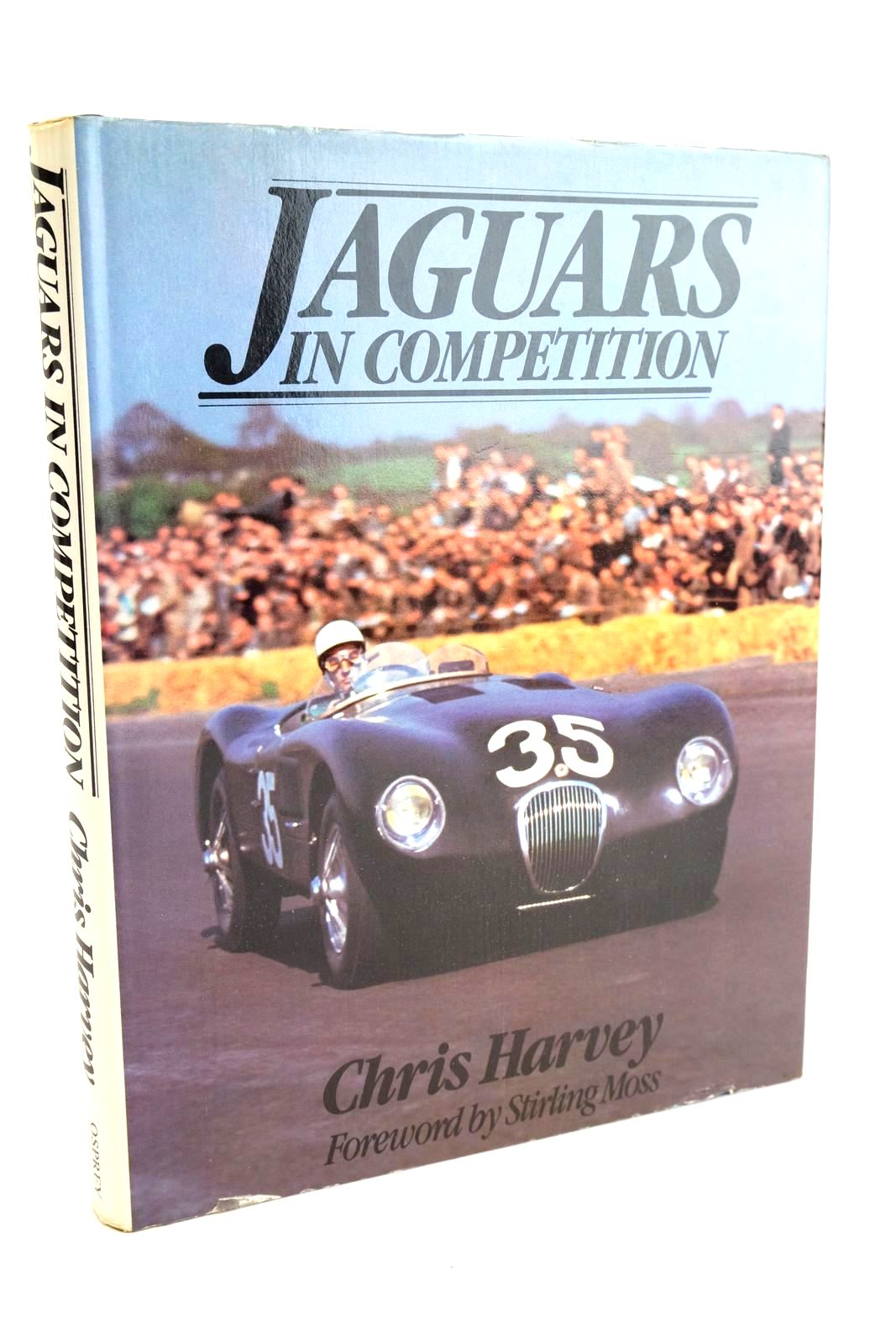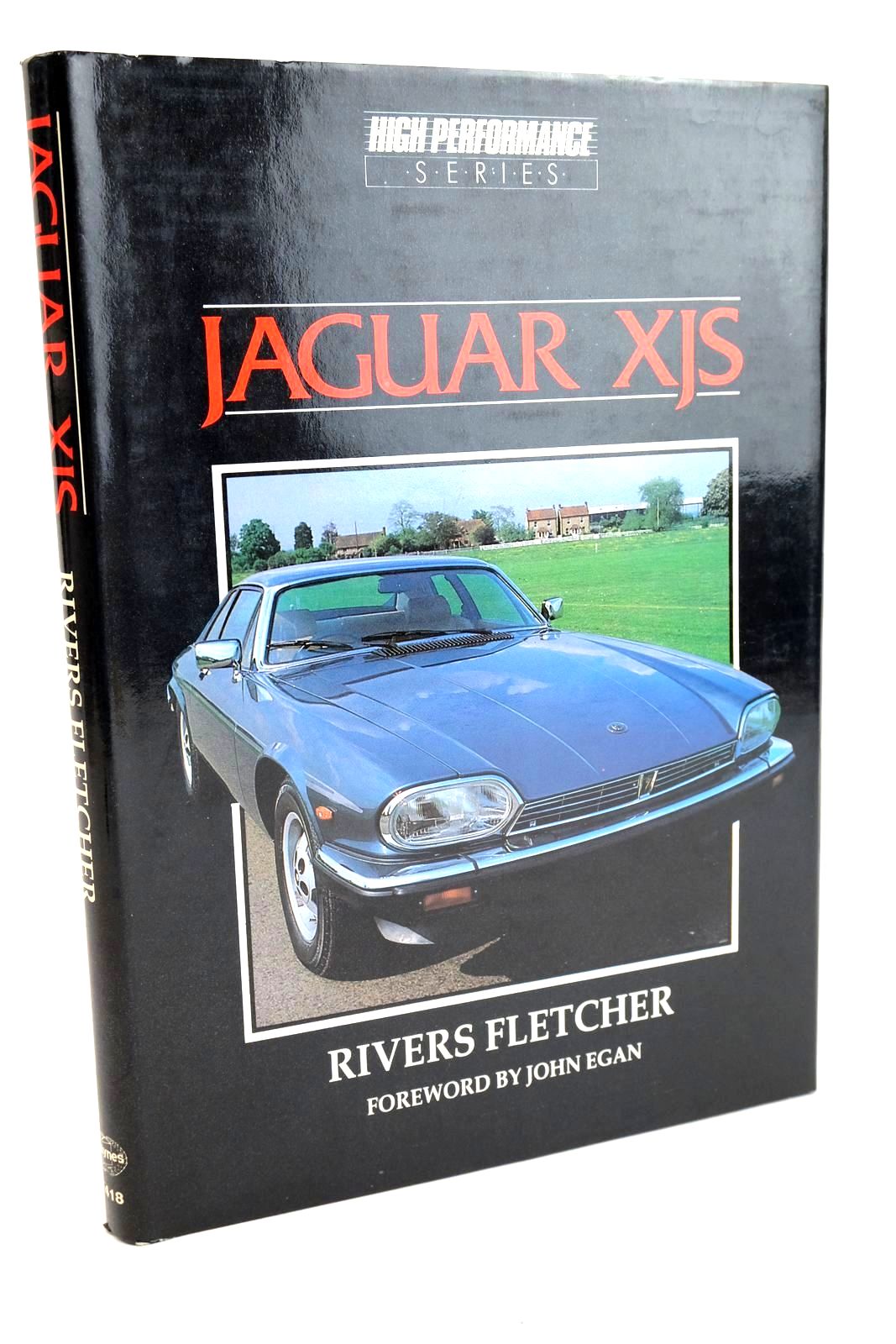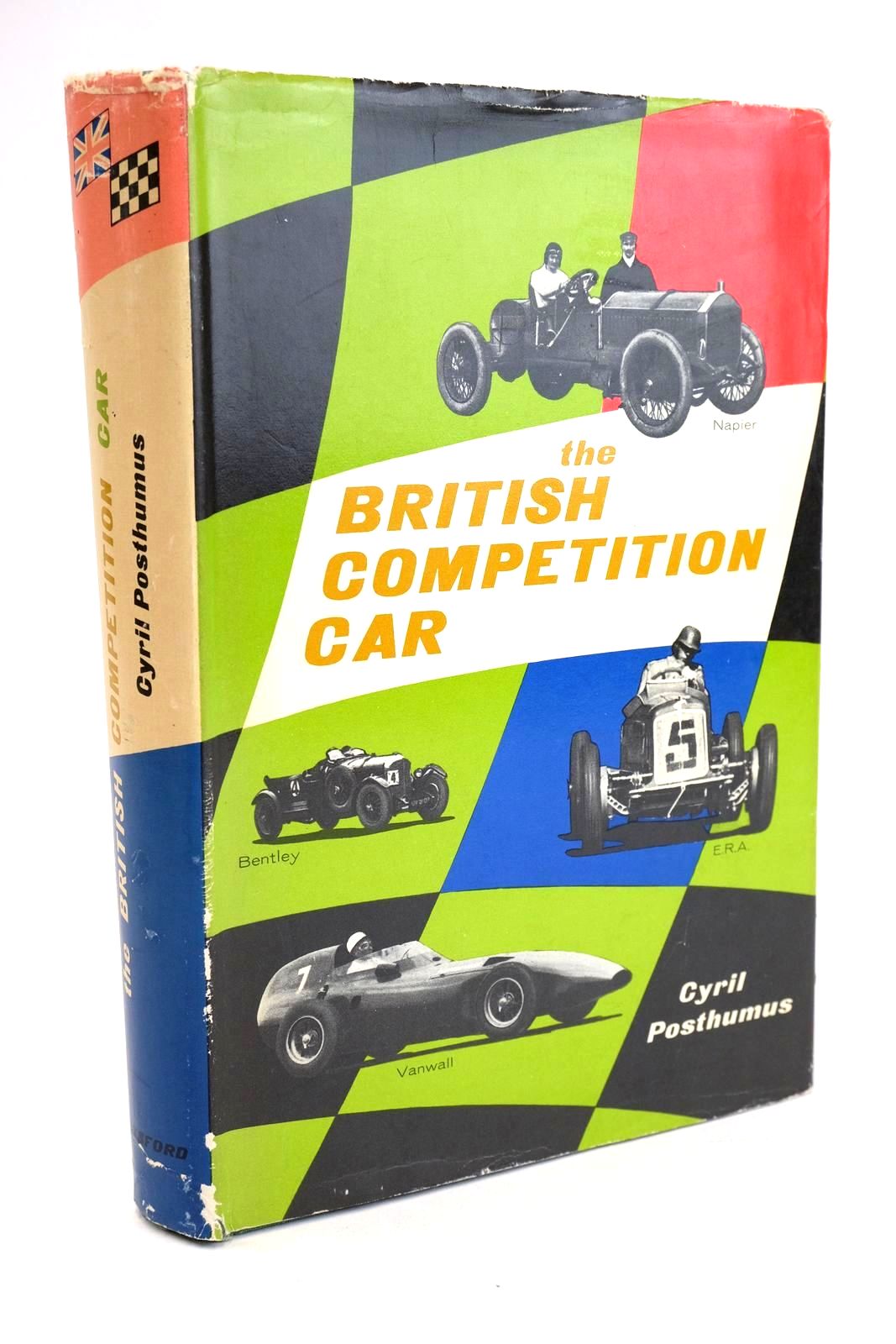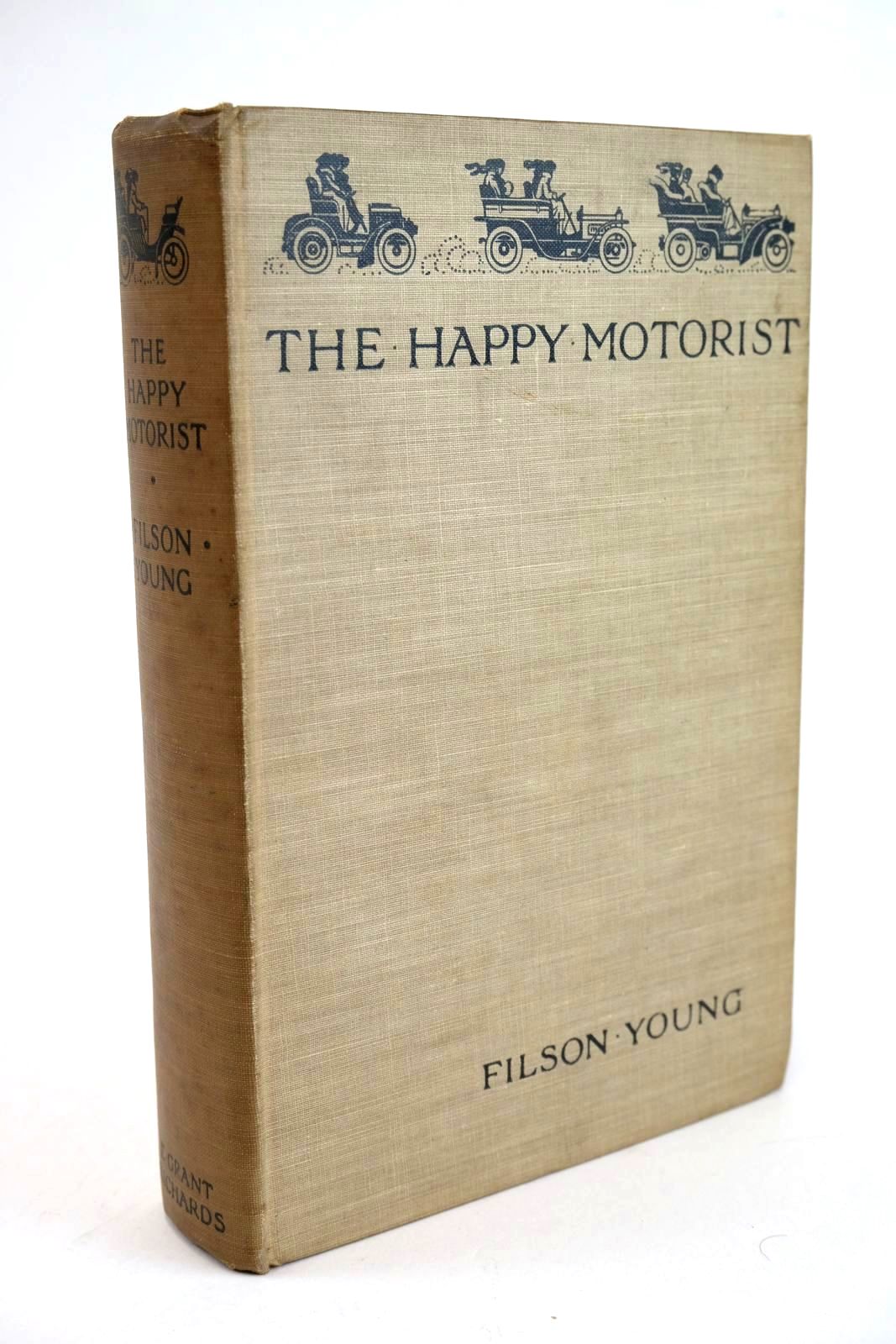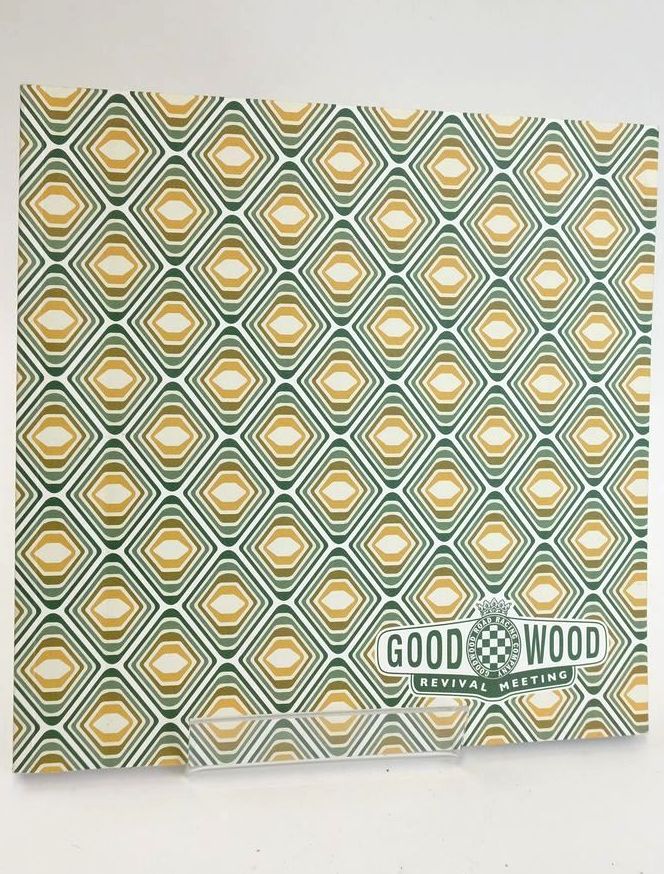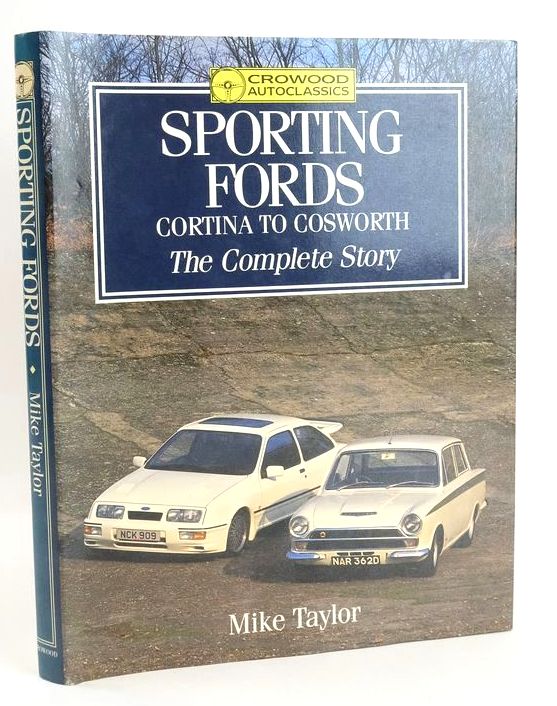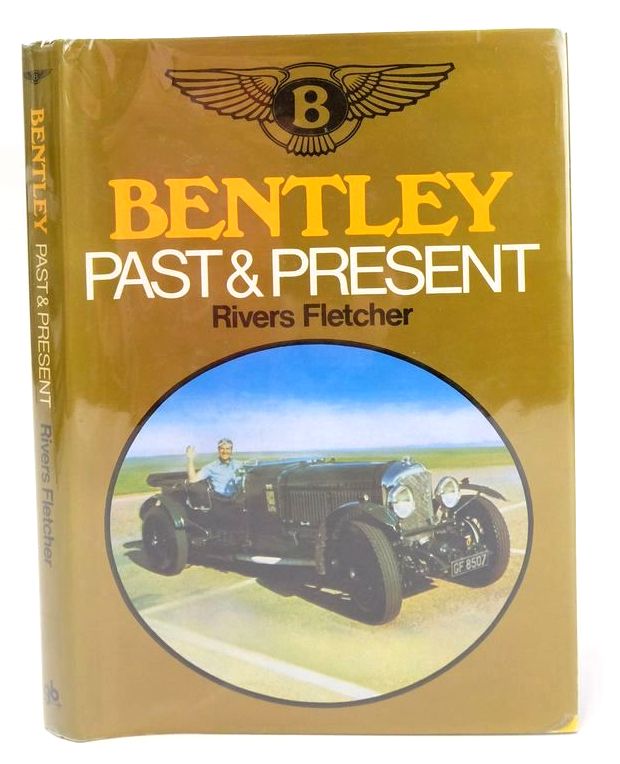The John Cobb Story by S.C.H. Davis
 "The world land speed record requires the minimum of skill and the maximum of courage". Tommy Wisdom
"The world land speed record requires the minimum of skill and the maximum of courage". Tommy Wisdom
I drive a 1990 1.4 litre Renault 5 Campus that is my pride and joy, (in addition to being something of a running joke with my colleagues), and answers to the appropriately continental name of 'Claude'. Claude and I have had many adventures together but there are a couple of trips that I long to take in him before we are both too old!
 If I were to win the lottery, mine and Claude's first port of call would be the North Yungas Road in Bolivia, 'El Camino de la Muerte' (below) - more commonly known as the 'Bolivian Road of Death' - due to its extreme danger, with an estimated 200-300 travellers killed yearly along its winding paths. Built in the 1930s by Paraguayan prisoners it is one of the few roads that connects the Amazon rainforest region of northern Bolivia, or Yungas, to its capital city and is said to be one of the most spectacular routes in the world.
If I were to win the lottery, mine and Claude's first port of call would be the North Yungas Road in Bolivia, 'El Camino de la Muerte' (below) - more commonly known as the 'Bolivian Road of Death' - due to its extreme danger, with an estimated 200-300 travellers killed yearly along its winding paths. Built in the 1930s by Paraguayan prisoners it is one of the few roads that connects the Amazon rainforest region of northern Bolivia, or Yungas, to its capital city and is said to be one of the most spectacular routes in the world.
Right: El Camino de la Muerte 'Death Road'
Next on our list would be to visit the Bonneville Speedway; an area of the Bonneville salt flats in Utah noted as the venue for numerous land speed record attempts. However, one thing Claude and I will not be doing, willing though we are to give it a go, is breaking the land speed record - mainly because of the rattling noise that occurs when we reach speeds greater than 60 miles per hour!
 One person who did 'give it a go' - and not without considerable success - was John Rhodes Cobb, a man who devoted, and ultimately gave, his life to the pursuit of speed. 'The John Cobb Story' documents the life and tragic death of Cobb and is sensitively told by S.C.H Davis. Best known as Sports Editor of the 'Autocar' writing under the pen-name 'Casque' (French for 'Helmet'!), Sammy Davis himself also competed in many forms of motor racing in the 1920s, won many awards in the popular trials competitions of the day and in 1925 finished second at Le Mans. With co-driver Jean Chassagne in a Sunbeam 3-litre, he covered 1,343.2 miles in the 24 hours, some 45 miles behind the winner.
One person who did 'give it a go' - and not without considerable success - was John Rhodes Cobb, a man who devoted, and ultimately gave, his life to the pursuit of speed. 'The John Cobb Story' documents the life and tragic death of Cobb and is sensitively told by S.C.H Davis. Best known as Sports Editor of the 'Autocar' writing under the pen-name 'Casque' (French for 'Helmet'!), Sammy Davis himself also competed in many forms of motor racing in the 1920s, won many awards in the popular trials competitions of the day and in 1925 finished second at Le Mans. With co-driver Jean Chassagne in a Sunbeam 3-litre, he covered 1,343.2 miles in the 24 hours, some 45 miles behind the winner.
 Left: John Rhodes Cobb
Left: John Rhodes Cobb
This charming biography charts Cobb's journey from the shy and somewhat withdrawn boy 'imagining the two wheeler as a car' and avidly watching the most skilled drivers in the fastest vehicles of their day demonstrating their talents on the highly banked circuit at Brooklands, very close to his home in Esher, Surrey; to his crash in 'Crusader' at Loch Ness in Scotland, by which time he had begun to be dubbed the 'Reluctant Hero' on account of his shying away from publicity or acclaim for his achievements. As an adult, John Cobb was the holder of the land speed record of 394 mph, set on 16th Sept 1947 in Utah, and he intended to be the first person to simultaneously own both the land and water marks in 'Crusader', designed by Reid Railton and Peter Du Cane.
Right: A young John Cobb on bicycle.
So, in late 1952 Cobb took the red and silver 'Crusader' to Loch Ness in Scotland in an attempt to beat the current record of 178.49 mph set by Stanley Sayers in 'Slo-mo-shun IV'. Loch Ness was chosen because of its length and straightness and for a number of weeks Cobb gradually pushed Crusader ever closer to the record during test runs and was quietly confident of victory. The distance Cobb had to cover to gain the official record was 1 statute mile but in both directions and an average speed being calculated for both runs. The run had been measured and marked by two large milestones, one on either side of the Loch, and can still be viewed today.
On the morning of 29th September 1952, Cobb came round to his starting point and revved up his engine to full power. 'Crusader' rose in the water and the attempt was under way; the time was almost 12 noon. With a slight burst of spray in front and a trail of white foam behind she skimmed over the course and reached the second marker. As 'Crusader' reached 200 mph eyewitness accounts say she was hardly touching the water when she came out of the measured mile. Then 'Crusader' started to decelerate to make the second run but hit a wave causing her to bounce twice, she recovered for a second but the next moment the horrified spectators saw the boat plunge in a whirl of spray and foam, flaked with flying wreckage. There was no audible explosion but the boat gave the appearance of bursting apart. Hopes for Cobb's safety were raised when the yellow light attached to his safety apparatus bobbed to the surface. The 'Maureen' made her way to the floating debris and lowered a small boat which reported that Cobb had been found. The news brought an immediate call over the radio for a doctor and ambulance, but later it became clear Cobb was dead, probably killed instantly in the explosion.
With some beautiful photographs of Cobb and his various 'speed machines', 'The John Cobb Story' gives a wonderfully personal and unashamedly affectionate insight into the life and achievements of a man with dreams of reaching new heights (or, to be more accurate, lengths!) in man's ability to harness the power of new technologies to achieve the impossible. John Cobb's other achievements include being the first man ever to attain a speed of 400 mph on land. Between 1932-1939 he broke all world records for time and distance up to 24 hrs and during the Second World War served first in the R.A.F. and then from 1943-1945 as a ferry pilot in the Air Transport.


Above: The Napier-Railton on the salt lake, with design plan
Contemporary events have very much brought the 'buzz' of excitement that always accompanied a land speed record attempt back. The Bloodhound SSC' - a project to build a car capable of breaking the current world land speed record (763mph) - is being designed and built in Bristol by the current holders of the record. The SSC (Super Sonic Car) is aiming to break the land speed record with a pencil-shaped car powered by a jet engine and a rocket designed to reach approximately 1,000 miles per hour (1,609 km/h) being built with the intention of breaking the record by the largest ever margin. If £10 million of sponsorship funding is obtained the construction should be complete by the end of 2011 and the record attempts may happen in late 2011or early 2012.
So, when Claude and I break a record, I hope to be as modest as John Cobb, who, his wife described as:
"Not so much shy, as reserved, and you're right; he was a reluctant hero. He never did want any publicity for anything that he did. You know, Sammy Davis always used to say that he'd ask John out for lunch to try and find something out about whatever he was up to. They'd have a wonderful meal, with lots of chat, but at the end of it Sammy admitted he was no wiser!"
Contributed by Jane
(Published on 9th Dec 2014 )


